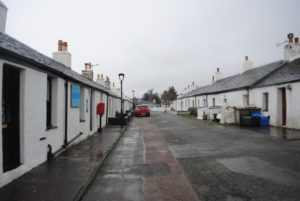Scotland to spend an extra £9m on tackling fuel poverty
The Scottish Government has announced an extra £9m to tackle fuel poverty and reduce CO2 emissions.
The Area Based Scheme (ABS) will provide over £64m in 2021/22, up from £55m the year before.
ABS schemes are delivered by local authorities targeting fuel poor areas and communities. The funding will also target the ‘hardest to treat’ properties, such as those that require external wall or cavity wall insulation.
Local ABS projects plan to install low and zero emission heating systems in more than 500 homes this year, as well as insulation and other improvements such as solar panels and battery storage.
The work forms part of a £1.6bn investment over the next five years to transform the heat and energy efficiency of buildings and ensure that more than one million homes are using low and zero emissions heating systems by 2030.

Net-zero and energy secretary Michael Matheson said: ‘We are committed to rapidly scaling-up action, but doing so in a way that ensures that our fuel poverty objectives and our commitment to tackling climate change work together, ensuring a fair and just transition to net zero.
‘I am pleased to confirm increased funding for this year’s ABS programme, which continues to support on-the-ground delivery of projects making a tangible and positive difference – not just to greenhouse gas emissions, but to people’s lives.’
Cllr Kenny McLean, city convener for housing, neighbourhoods and [ublic realm at Glasgow City Council, added: ‘The ABS programme in Glasgow has made a huge impact in many households in Glasgow, lowering energy bills and reducing carbon emissions.
‘The increase in funding will allow continued economic, environmental and social benefits to be delivered as a result.’
Photo by JR Harris












